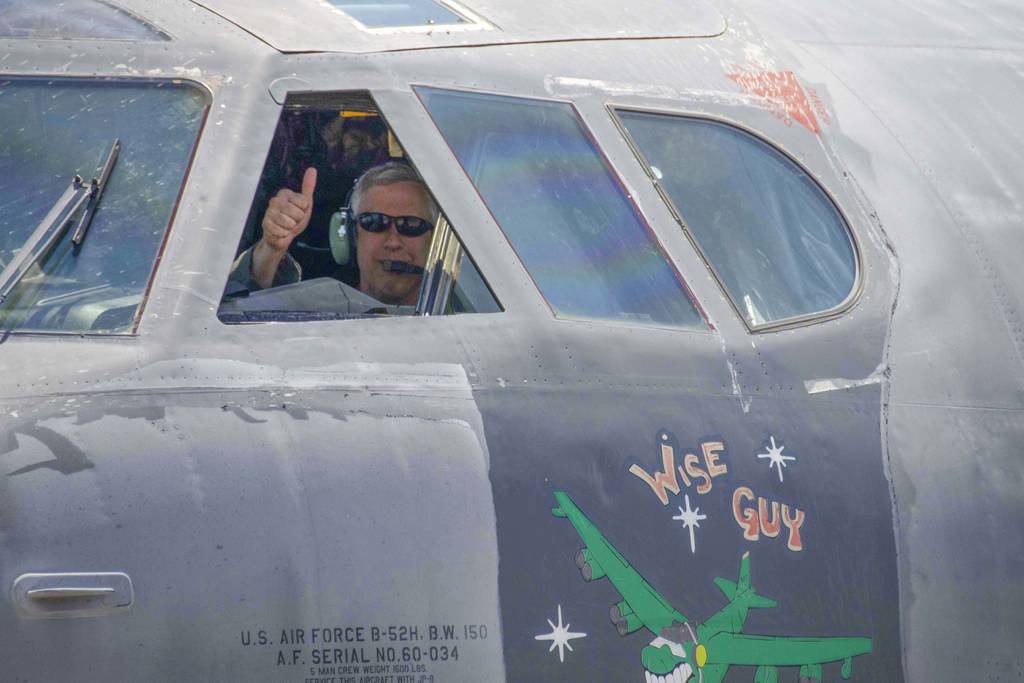Here's a stackexchange for exactly this:
Facts On Airbus aircraft there are computers to secure the flight envelope, or to move the control surfaces. FADECs totally control the engines. Computers take decisions in place of the pilots, or...

aviation.stackexchange.com
"How dissimilar are redundant flight control computers?"
"Each unit is composed of two dissimilar boards, one driving the output and the other checking it. Dissimilar means both different CPUs and chipsets (
A320 uses i386 (Intel) and m68k (Motorola); newer models use different combinations, basically whatever was widely used at the time they were designed) and software written by two independent teams."
Why such ancient CPU? A 386???
Because of the looooong development timeline.
The A300 series started design in the 1960s. A320 variant in 1981.
You use what is available at the time.
It would be conterproductive to want to use the latest and greatest. The whole thing is designed around the capabilities of the chips at the time.
A new one requires all new code, and astoundingly expensive certification.
Even the ubercool new A380 has computer patents going back to 2006. So nothing newer than that.



